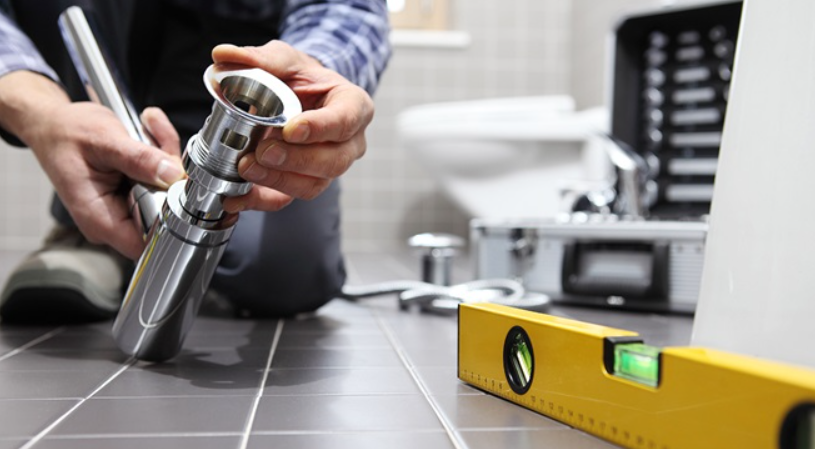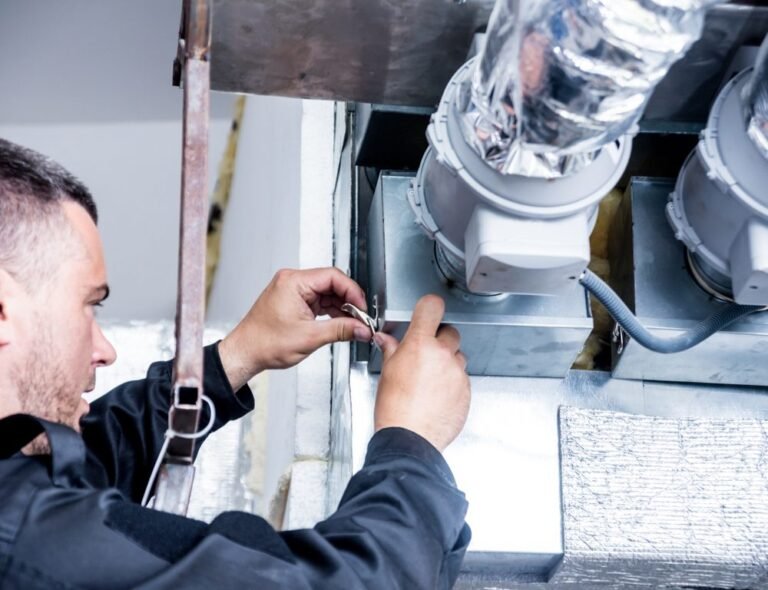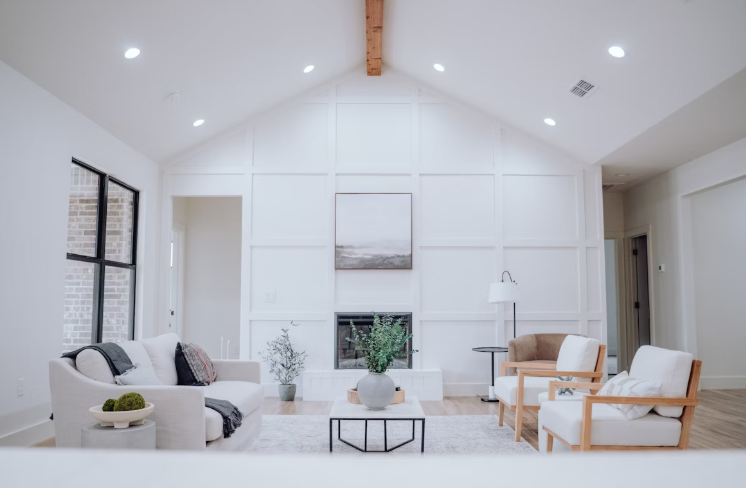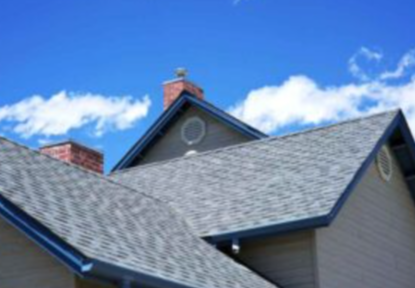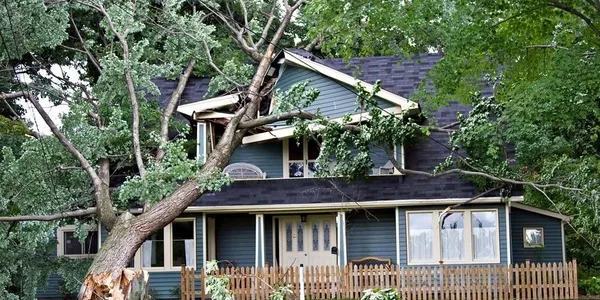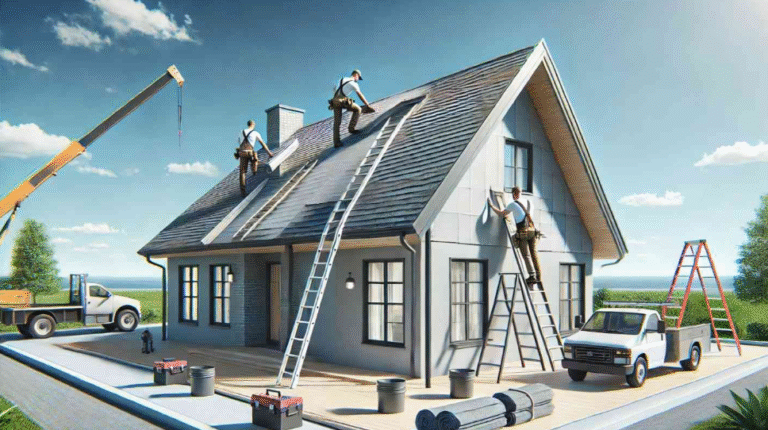5 Weatherproofing Mistakes That Could Cost You Thousands
Weatherproofing your home is essential to protect it from costly damage like rotting beams and mold. Most issues are preventable, but common homeowner mistakes can leave homes vulnerable. Avoid these errors to save on repairs, protect your family’s health, and maintain your home’s value.
Ignoring Your Roof’s Warning Signs
Your roof works around the clock to protect everything beneath it, yet many homeowners treat it like an “out of sight, out of mind” component. This neglect often proves expensive when small issues snowball into major problems.
Missing or damaged shingles create obvious entry points for water, but the subtler signs of roof trouble are equally dangerous. Curling shingles, granule loss, and cracked flashing around chimneys and vents can allow moisture to seep into your home’s structure. Once water penetrates the roof deck, it can rot supporting beams, damage insulation, and create perfect conditions for mold growth.
Regular roof inspections should happen at least twice per year, ideally in spring and fall. Look for loose or missing shingles, damaged gutters, and any signs of wear around roof penetrations. If you’re uncomfortable climbing on your roof, hire a professional inspector. The cost of an annual inspection is minimal compared to replacing water-damaged structural components.
See also: Top 10 Emerging Technologies That Will Shape the Future
Sealing Windows and Doors Incorrectly
Window and door sealing might seem straightforward, but improper technique creates more problems than it solves. Many homeowners apply caulk haphazardly, creating an uneven seal that actually traps moisture rather than keeping it out.
The most common error involves applying new caulk over old, deteriorated material. This layering approach never creates a proper seal because the new caulk can’t adhere properly to the damaged base layer. Water finds its way through these imperfect seals, leading to rot in window frames and door jambs.
Temperature timing matters too. Applying caulk during extreme weather conditions prevents proper curing. Hot summer days cause caulk to skin over too quickly, while cold temperatures prevent it from flowing smoothly into gaps.
Before applying new caulk, remove all old material using a putty knife or specialized removal tool. Clean the area thoroughly with rubbing alcohol to remove any residue. Choose the right caulk type for your specific application—silicone for areas exposed to water, latex for paintable indoor applications. Apply caulk when temperatures are between 40°F and 80°F for optimal results.
Neglecting Foundation Waterproofing
Foundation problems often develop slowly, making them easy to ignore until serious damage occurs. Water that penetrates foundation walls can cause structural settling, create basement flooding, and provide pathways for termites and other pests.
Poor drainage around your home’s perimeter is the leading cause of foundation water damage. When gutters dump water directly next to your foundation, or when the ground slopes toward your house, water pressure builds up against foundation walls. Over time, this pressure forces water through even small cracks in the concrete.
Basement waterproofing isn’t just about applying sealant to interior walls. True protection requires addressing water management from the outside. Ensure your gutters direct water at least six feet away from your foundation. Grade the soil around your home so water flows away from the structure. Install window well covers to prevent rain from pooling around basement windows.
If you notice water stains, efflorescence (white mineral deposits), or musty odors in your basement, don’t wait to address the problem. These signs indicate that water is already compromising your foundation’s integrity.
Using the Wrong Materials for Your Climate
Not all weatherproofing materials perform equally across different climates. Using products designed for mild conditions in areas with extreme temperature swings, heavy rainfall, or intense UV exposure often leads to premature failure.
Many homeowners choose weatherproofing materials based solely on price, without considering their local climate conditions. Standard latex caulk might work fine in moderate climates, but it can crack and fail in areas with significant temperature fluctuations. Similarly, basic weatherstripping may not provide adequate protection in regions with severe storms or high winds.
Research products specifically rated for your climate zone. Look for materials tested to withstand your area’s temperature extremes, precipitation levels, and UV exposure. While climate-appropriate materials may cost more upfront, they’ll last longer and provide better protection than generic alternatives.
Pay special attention to manufacturer recommendations for your specific geographic region. Many companies provide climate-specific product guides that can help you select the most appropriate materials, such as steel roof panels, for your local conditions.
Skipping Professional Inspections
DIY weatherproofing can handle many basic tasks, but some situations require professional expertise. Attempting complex waterproofing projects without proper knowledge often creates new problems while failing to address existing ones.
Professional inspectors have the training and tools to identify issues that homeowners typically miss. Thermal imaging cameras can reveal air leaks invisible to the naked eye. Moisture meters detect water intrusion before it causes visible damage. Experienced contractors understand how different building systems interact and can spot potential failure points before they become costly problems.
This doesn’t mean you need to hire professionals for every weatherproofing task. However, annual professional inspections can catch problems early when repairs are still manageable and affordable. Consider professional help for complex projects involving electrical work, structural modifications, or situations where improper work could create safety hazards.
Some insurance companies offer discounts for homes that receive regular professional maintenance inspections. Check with your insurer to see if professional weatherproofing assessments qualify for reduced premiums.
Conclusion
Weatherproofing mistakes can lead to costly repairs, health hazards, and reduced home value. To avoid this, take a systematic approach with regular roof inspections, caulk checks, and drainage maintenance.
